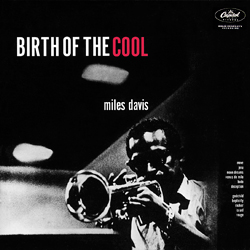Billie Holiday: Lady in Satin
Columbia (1958)
Number 986 of 1001 Albums You Must Hear Before you Die.
The first time I listened to Lady in Satin I was struck by how sad it sounds. How lost and lonely Holiday appears among all those sorrowful strings and plodding rhythms. I avoided a repeat listen for quite some time. I just couldn’t face the music, so to speak.
It got me thinking about how often I’ve been told that my favourite records, by the bands I’ve admired and followed over the years sound maudlin and depressing. I’ve never understood those comments and in fact I’ve never thought of acts like Radiohead, for example, as making sad music. Instead they have always resonated with me as explorers of complicated moods and ultimately cathartic because they are willing to explore themes that the mainstream prefers to ignore. Brittany Spears and Justin Bieber, as examples, sound fucking sad to me because they’re completely synthetic and escapist.
This led me to think about the amount of sadness that was apparent in old recordings like this one by Billy Holiday. A time when all anyone seemed to sing about was how lost they were without a lover in their lives, as if independence was a faux par. And how all of this sadness seems to be overlooked by listeners because it’s smothered in schmaltzy and inoffensive music.
Now that I’ve braved many repeat listens there’s no denying the charm of Lady in Satin, Holiday’s final album made as she crumbled under the weight of heroin abuse, alcoholism and damaging love affairs. Her voice is strained and crackly, she sounds slightly desperate clinging to her stardom and somewhat aware that she wasn’t going to live for much longer (Holiday died less than a year after its release). At risk of sounding voyeuristic, it’s that emotional tension which elevates this record to a place that I can appreciate. I won’t pretend to be a fan of Jazz singers from any era. But much like Frank Sinatra’s In the Wee Hours, this album has an edge over its competitors.
I now realise that Lady in Satin doesn’t carry as much sadness as I initially thought. Now I hear hear someone striving to carry on in the face of adversity. I hear someone struggling and I feel for her. Every time she strains for a note I want her to come out the other end a winner. I hear a thousand stories of highs and lows in her voice, and I want to listen again and again until I know every one of them by heart.










